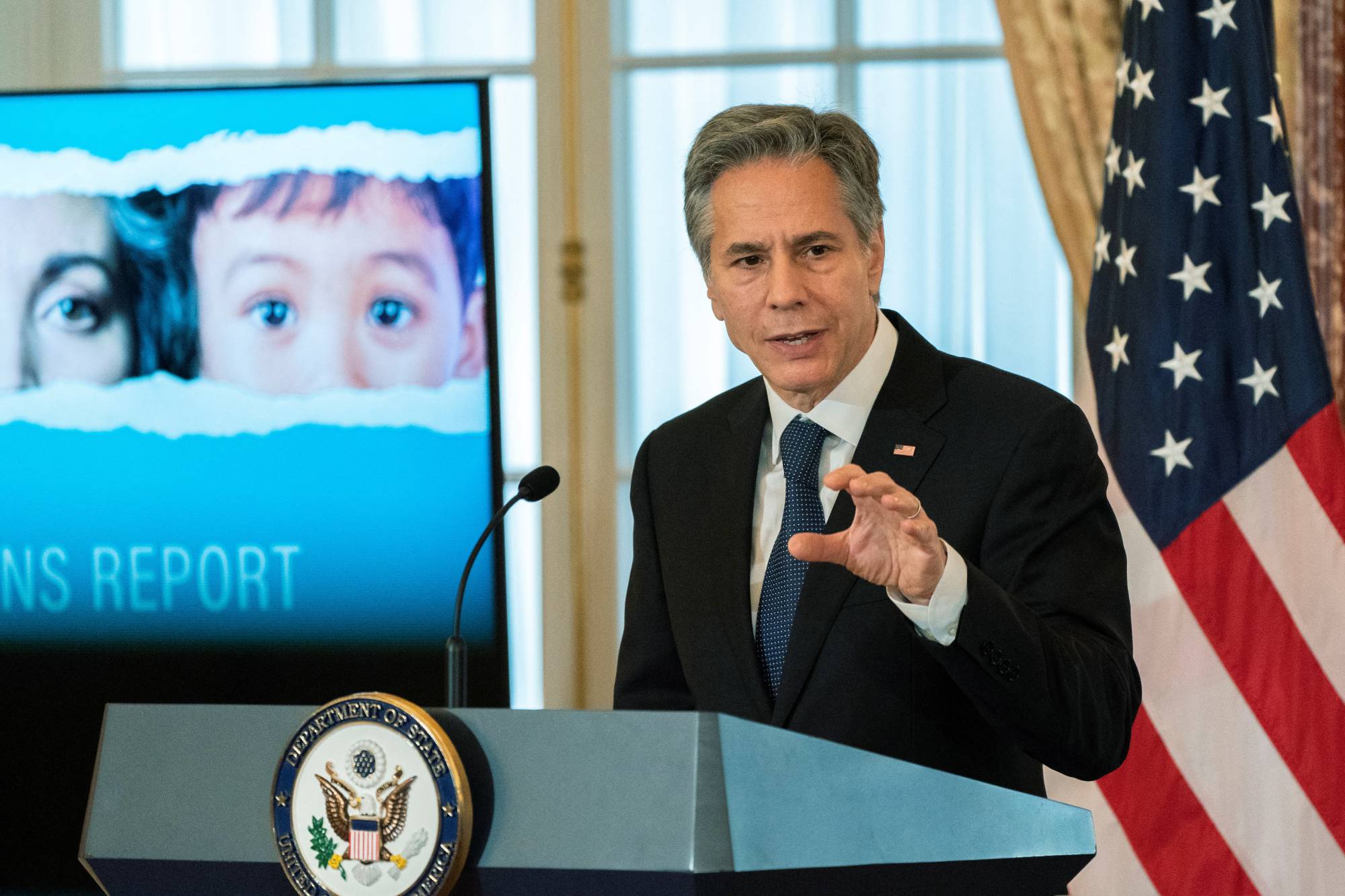The U.S. State Department’s annual human trafficking report has placed Japan in Tier Two of its three-tier system, highlighting what it said was Tokyo’s insufficient response to child exploitation in the commercial sex industry and forced labor among migrants, as well a lack of deterrence for offenders.
Current legislation offers limited protection for those coerced into illegal or unregulated actions, the report found, tending to criminalize the behavior of the victim while allowing those who force them to engage in such activities to continue their trafficking operations relatively unpunished.
This year’s Trafficking in Persons Report, released on Tuesday in Washington, gave Japan the same rating for the third year in a row, while acknowledging that the government had made efforts since the last report to increase measures to combat trafficking.


















With your current subscription plan you can comment on stories. However, before writing your first comment, please create a display name in the Profile section of your subscriber account page.